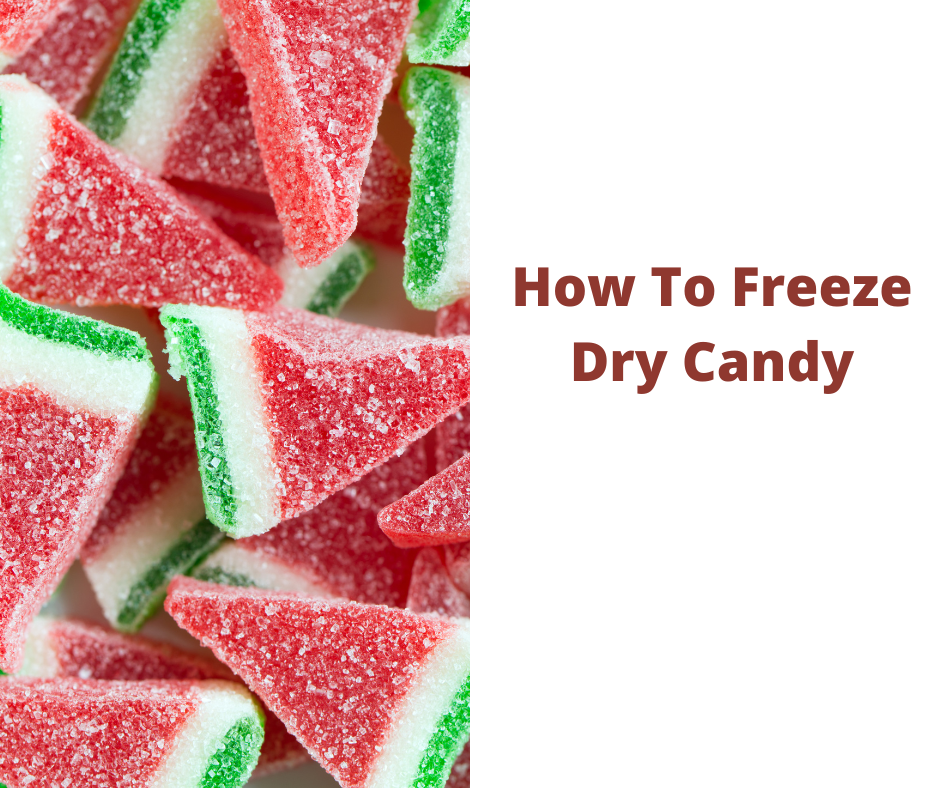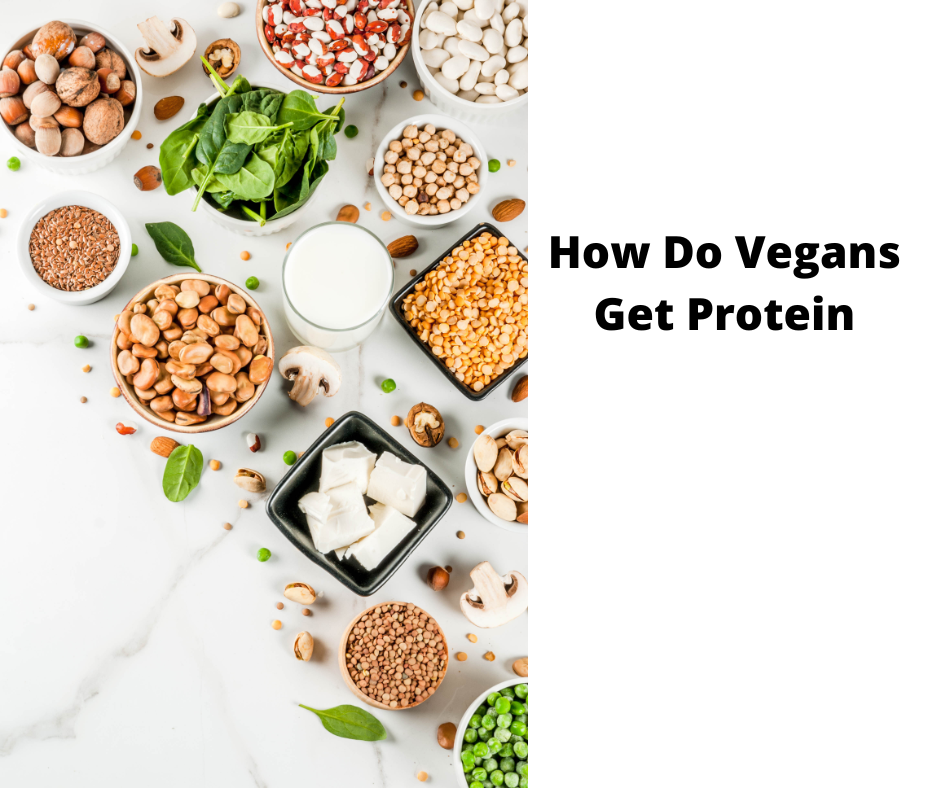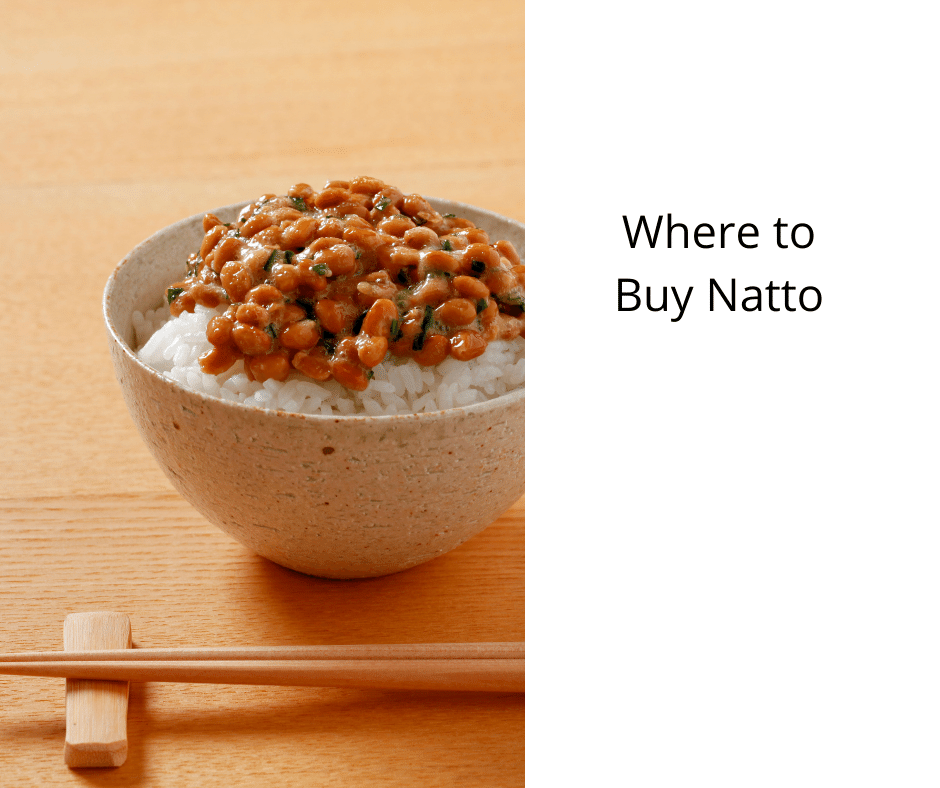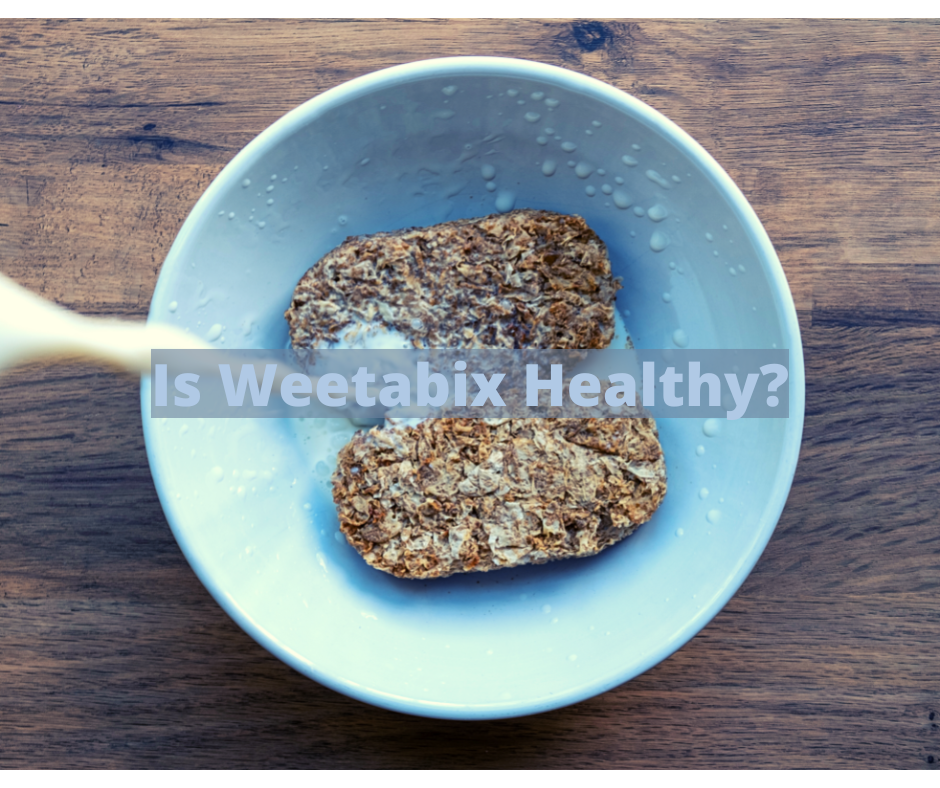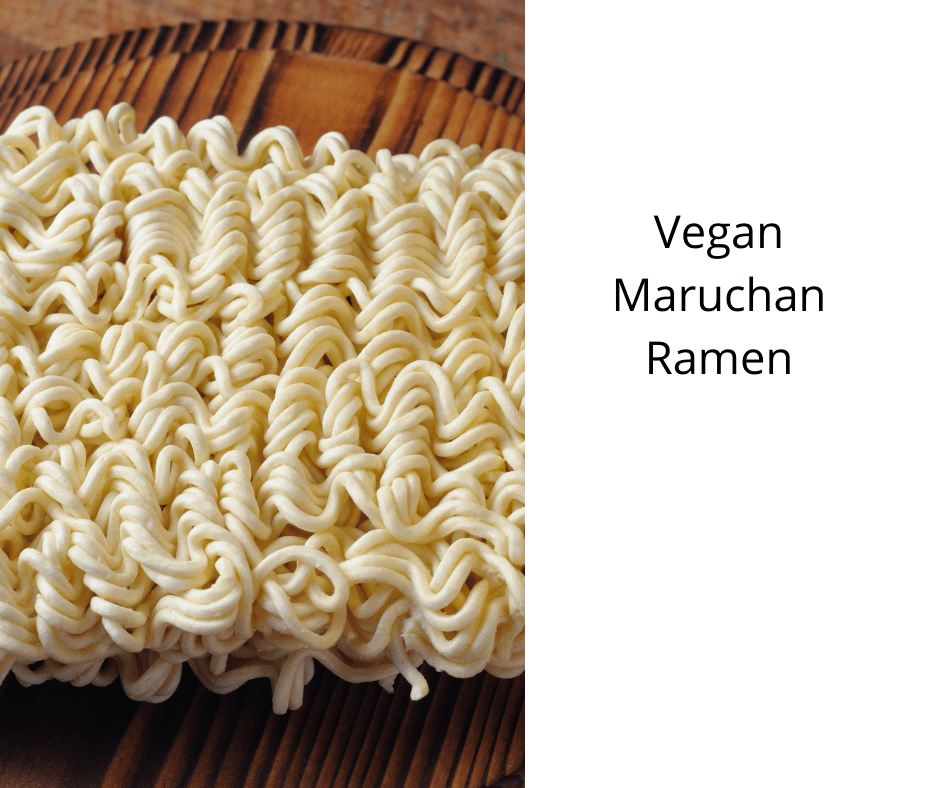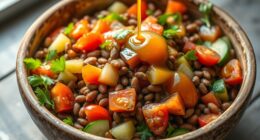Our teammates at The Imaginary Food – Il Cibo Immaginario have circulated an How To Freeze Dry Candy guide that I’m thrilled to share with you. It’s recommended to choose delightful vegan candies for freeze-drying. The explosion of flavor upon tasting them validates the small amount of time and effort required to make your own Freeze-Dried Candy.
How To Freeze Dry Candy (The Imaginary Food – Il Cibo Immaginario)
These days, freeze-drying food is all the rage. And for a good reason—freeze-dried food can last up to 20 years when done correctly. You can easily stock up on your favorite foods for camping trips, meal prep, or even disaster preparedness kits. But one trend that is starting to take off lately is freeze-drying candy. That’s right—you can now enjoy your favorite sweet treats without worrying about them going bad.
Freeze-drying candy is relatively easy to do. And while virtually any candy can be freeze-dried, some do better than others during the process. In general, sugar-based sweets tend to fare better than chocolate or sugar-free varieties. So if you’re looking to try freeze-drying candy, be sure to choose wisely!
Freeze-drying is a process where water is removed from food through sublimation and dehydration. It works by freezing the food, then lowering the pressure and temperature so that the ice turns directly into vapor without passing through the liquid phase.
This process preserves the food’s flavor, texture, and color better than other dehydration methods like air or sun drying. Freeze-dried foods are often lighter and more shelf-stable than their fresh counterparts.
Because freeze-drying removes most water from food, it concentrates its flavors. This can make freeze-dried foods seem much tastier than fresh foods. However, freeze-drying is also more expensive than other dehydration methods, so freeze-dried foods can be pricier than fresh or dehydrated foods.
How To Freeze Dry Candy
Most people think of candy as a treat that is bad for your teeth and will give you a sugar high. However, freeze-dried candy is very different from the traditional candy you are used to. For one thing, the process of freeze-drying retains all of the nutrients in the food, so you are getting a healthier treat when you eat freeze-dried candy.
In addition, the taste and flavor of the candy are intensified because all of the water has been removed. The texture is also crunchier than traditional candy, making it a unique and enjoyable experience. Free freeze-dried candy is an excellent option if you want to enjoy candy without all the sugar and calories. You can find it online or in specialty stores, and it makes a perfect gift for someone who loves candy but is trying to be healthier.
Can I Freeze-Dry Food at Home?
Freeze-drying is a process that removes water from food, making it last significantly longer. Freeze-dried food can be stored at room temperature and doesn’t need to be refrigerated, making it ideal for camping, backpacking, and long-term storage. While freeze-drying has traditionally been done on an industrial scale, home freeze-dryers are becoming increasingly popular. These machines are similar to a standard refrigerator freezer but operate at much colder temperatures and have a vacuum pump to remove the air.

Freeze-drying without a device is also possible, although it requires more careful planning and execution. Placing food in a deep freezer and then slowly lowering the temperature can remove the water without damaging the food. Regardless of the method used, freeze-drying is an effective way to extend the shelf life of food.
Freeze-drying is a preserving technique that involves freezing the food and then subjecting it to a vacuum. This process removes the water from the food, resulting in a product that can be stored for an extended period without refrigeration.
Freeze-drying is often used for dehydrated foods such as freeze-dried fruit, and it can also be used to preserve other foods such as meat and fish. While a freeze-dryer is the best way to achieve perfect results, it is possible to freeze-dry food without a machine.
The Incas were the first to freeze-dry foods and suspend their food in the frigid mountain air. If you’re interested in trying this method, you’ll need to find a location where the temperature remains below freezing throughout the day and night.
Once you’ve found a suitable spot, simply place your food on a rack or shelf and wait for the water to evaporate. This process can take several days or even weeks, so be patient! When all of the water has been removed from your food, it will be shelf-stable and ready to eat.
How Do You Freeze-Dry Without a Machine?
If you’re interested in freeze-drying but don’t want to invest in a machine, you can try several different methods at home. The most common is dry ice, which can be effective but takes longer than a freeze-dryer.
You can also try using a conventional deep freezer, though this method is significantly less effective. Whether you choose, home freeze-drying without a machine isn’t as effective as using a dedicated freeze-dryer.
Freeze-drying with dry ice is a process that can be used to preserve food. It works by removing water content from the food, which can then be stored for a more extended period.
To freeze-dry with dry ice, you will need to put your food into a food saver bag and place it in a cooler. Then, you will need to pour dry ice into the cooler and cover it up. However, you should not seal the cooler, as the expanding gases in this process could cause it to explode. Finally, you will need to place the cooler into a freezer and leave it there for an extended period.
This method takes a while to achieve, but it does work. However, for the process to be effective, you will need to transfer the food quickly and into an air-tight container without contaminating it with moisture.
How to Freeze Dry Candy, Sweets, and Treats
The first step is determining what kind of candy you want to freeze dry. Not all candy is going to work well for this process. You will want to use hard candy or chocolate for the best results.
Once you have your candy chosen, you will need to prepare it for freezing. This involves removing any wrappers and cutting it into small pieces. If you are using chocolate, you will also need to chop it into small pieces.
Next, you will need to place the candy in a single layer on a baking sheet lined with parchment paper. Freeze the candy for several hours or overnight.
Once the candy is frozen, it is time to start drying. This can be done in a food dehydrator or an oven set at the lowest possible temperature. Drying time will vary depending on your equipment and how thick your layers of candy are, but it should take anywhere from 6-12 hours.
Once the candy is dried, it is ready to eat! Store any leftover candy in an airtight container in the freezer.
- The first step is choosing the candy you would like to freeze-dry.
- Once you have chosen the candy, it is essential to ensure it is in good condition and has no spoilage.
- Remove as much moisture from the candy as possible by cooking it in a low-heat oven for a few hours.
- Once the candy has been dehydrated, place it in a food dehydrator and dry it out completely.
- If you do not have a food dehydrator, you can place the candy in your freezer for a few days until it is completely frozen.
- Once the candy is frozen, use a sharp knife to cut it into small pieces that will easily fit into your food processor.
- Process the candy in your food processor until it becomes powdery.
- Store the freeze-dried candy in an airtight container or Ziploc bag until you are ready to use it.
- To use the freeze-dried candy, add it to your favorite recipe or dissolve it in water to create a delicious flavored syrup.
What Happens When You Freeze-Dry Sweets?
Different sweets freeze-dry differently! Some candies, such as Skittles, grow, while some sweet treats change differently, such as just changing texture. Freeze-drying candy is a great way to keep them from melting and getting sticky and extend their shelf life. Candies high in sugar content tend to work best for freeze drying. items with a lower sugar content will often not freeze dry as well or will take longer to do so. Check on your sweets periodically to see how they are doing!
When you put food in the freezer, it undergoes some pretty remarkable changes. Skittles, for example, will pop their shells and double in size. On the other hand, ice cream will become solid, light, and crunchy. The sugar level in ice cream isn’t as overwhelming as in skittles.
And speaking of sugar, that’s one of the main things that happens to food when it’s frozen: the water content decreases, which concentrates the sugars and intensifies the flavor. So if you’re looking for a more intense flavor experience, head to the freezer! Just be sure to enjoy your treat in moderation; after all, too much of a good thing can be wrong.
Freeze-Dry Candies
Candies are a delicious treat that can be enjoyed in various ways. One way to enjoy candy is to freeze-dry it. When candy is freeze-dried, it increases in size and changes shape. This is especially true if the candy is gummy or has gelatine. The sugary goodness of these candies packs a punch! Another way to enjoy candy is ice cream sandwiches (like Fat Boys). Just cut them up into 1-inch serving sizes – and put them into a freeze-dryer that’s already frozen so that the ice cream doesn’t melt. Candies are a delicious treat that can be enjoyed in various ways; freeze-drying is one way to enjoy this sweet treat!
Whatever delicious treat you’re keeping, be sure to put it in an air-absorbing food saver bag with an air pocket. Food storage containers and jars that aren’t airtight may also be used.
Key Takeaways on Freeze-Drying Candies and Sweets
1. Freeze-drying treats and sweets just have to be on the bucket list of every homesteader.
2. These make great, long-lasting snacks that are much lighter and more easily stored than authentic foods!
3. Why not try out different methods, with or without a freeze-drying machine, to determine which result is best for you?
4. And seriously – freeze-dry some ice cream sandwiches. They’re one of my favorite freeze-dried treats – provided they’re in the 1-inch squares. That way, you get just enough of a treat that it’s delicious – and not so much that you’re coughing and wondering where the glass of water is.
Originally published at https://ciboimmaginario.it/ on Aug 2nd, 2022.
Ilana has been a vegan for over 10 years. She originally made the switch for health reasons, but soon found herself becoming more and more passionate about the ethical and environmental implications of a vegan lifestyle. Ilana is the author of The Graceful Kitchen, a blog all about veganism. She loves to cook up delicious and nutritious vegan meals, and share her recipes with others who are interested in leading a cruelty-free life. Ilana is also a strong advocate for using whole foods as the foundation of a healthy diet, and believes that going vegan is one of the best ways to achieve this.
